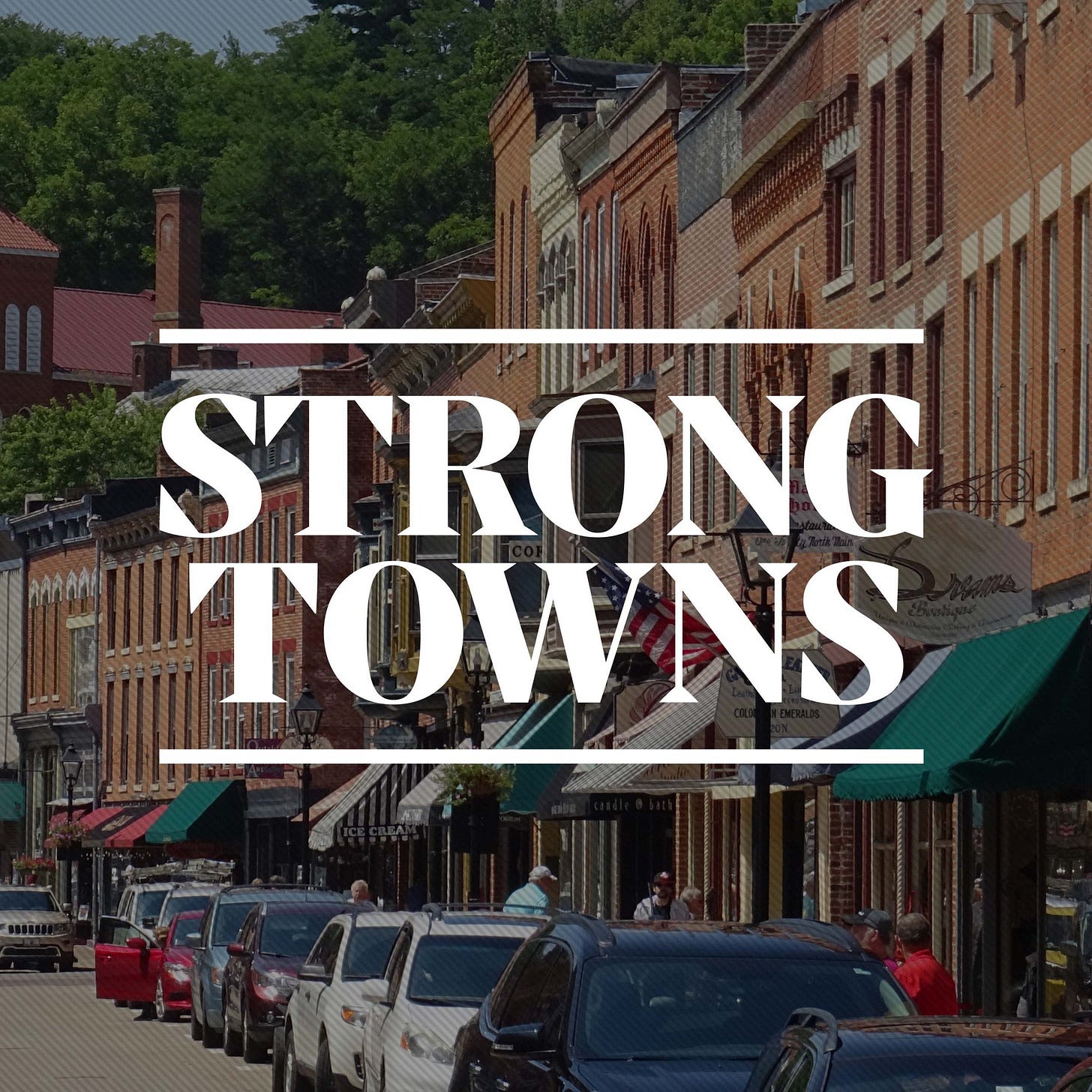1. Focus on your downtown and an ecosystem of neighborhoods. A strong and prosperous place is a healthy ecosystem. Traditional neighborhoods around a core commercial center form the most adaptable, productive, and strong form of development. These places need to thicken up and become vital again. That’s where our iterative and incremental efforts should begin.
2. Focus on neighborhood compatibility and not simply use. Fragile development approaches focus on separating all elements of human habitat into monoculture pods. This is what use-based zoning does, even though monocultures are uniquely fragile. Development regulations need to focus on overall compatibility instead of trying to solve every potential conflict with different degrees of isolation.
3. Focus on expanding housing opportunities. Top-down financing has provided local communities with an abundance of single-family homes and clusters of highdensity apartments, but this is like a forest with only two types of plants: sequo…
Keep reading with a 7-day free trial
Subscribe to CITYBUILDER to keep reading this post and get 7 days of free access to the full post archives.


